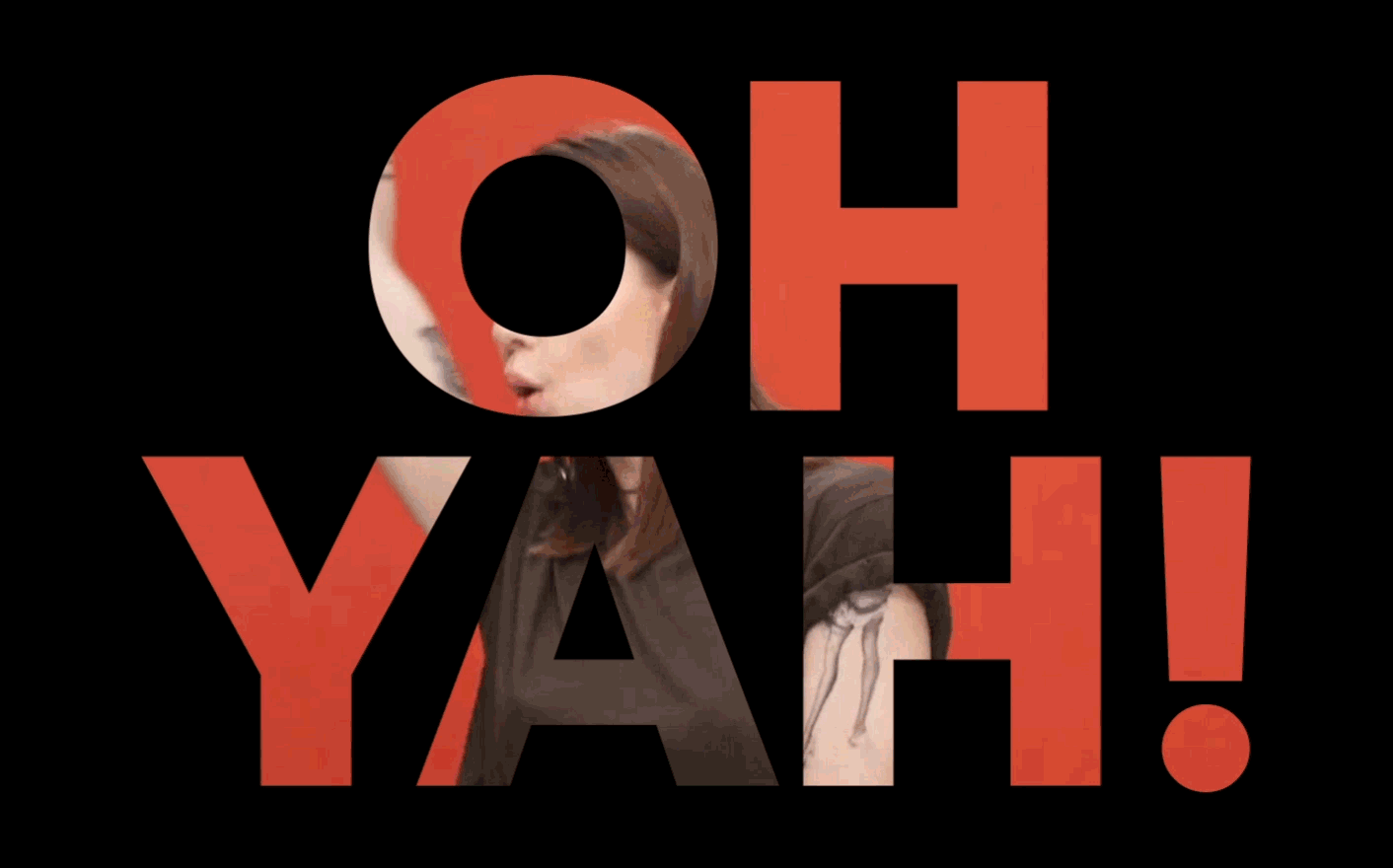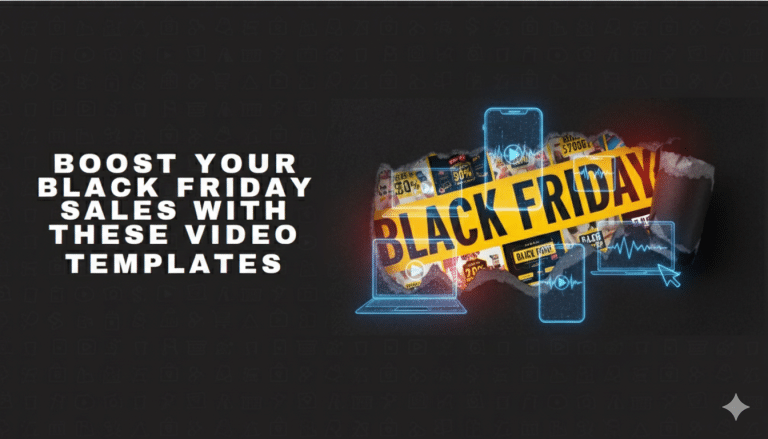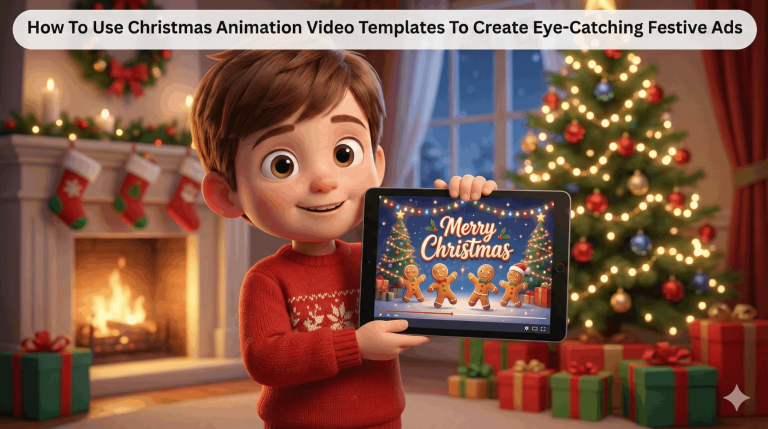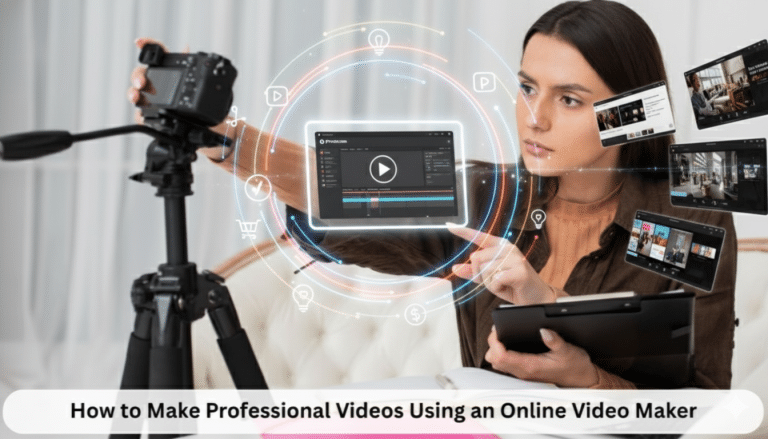
How to Find Footage for Your Video
We don’t want to sound like a broken record but video content is basically the ultimate key to success when it comes to digital marketing these days. Industry giants like Mark Zuckerberg and Gary Vaynerchuk have been saying it for years and, with stats like 40% of viewers taking action after viewing a video ad, it’s kinda a no-brainer.
Luckily, we’re living in a time of easy access to all sorts of great content creation tools (Promo.com included, #HumbleBrag) so nowadays the bigger challenge is learning to use the tools correctly in order to create the videos you need to succeed.
In this article, we’ll help all of our Promo.com users (if you’re not yet a user, now is a great time to give it a try), tackle one of the trickiest parts of the video creation process–how to choose the right clips for your videos. It’s a question we’re asked on a regular basis and one we can happily answer.
With over 15 million stock video clips (yes, you read that right…over 15 million) in the Promo library, it might feel like searching for a needle in a haystack. But, with these expert video creation tips, you’ll be well on your way to scroll-stopping videos that compete with the big brands.
So grab a snack and notebook and let’s figure out how to find the right footage and create the perfect video with Promo.
Step 1: Get literary with it
Before you jump into choosing the right footage for your videos, you need to have a story to tell first. These days, it’s not enough for a video to be beautiful and fun, it needs a relatable, emotional story. This is where most businesses, of all sizes, fall short. It might seem impossible for those of us without in-house creative content teams to knock out great stories right off the bat, but, spoiler alert, you can do it. These next two tips will take your storytelling skills up a notch and make it much easier to find the right footage and make better video content overall.
First, when trying to think of a good narrative for your product or service you can use an analogy. Analogies aren’t just important for your ACT scores, but they can also help you tap into your own creativity. For those of you who don’t remember, an analogy is a comparison between two things to highlight their similarities (extra brownie points if you can find the analogy we used in the intro of this article). Analogies help you get super specific with the overall vision of your video. By using an analogy, you’re already telling a short story that’s much more interesting than a product demo and perfect for engaging video content. What’s more, they make for great search terms when searching for the right video clip.
Here’s how: Let’s say you own an online fashion boutique and you’re running a video ad featuring your new collection “perfect for everyone”. In this case, you’ll want to make a video as diverse and special as your new arrivals. This is where an analogy can work wonders and force you to think differently in order to find the best footage for your video.
Start with your general selling point. With this full fashion collection, you feature a wide variety of colorful pieces that come in all sizes. Then ask yourself, “What else comes in lots of different colors and sizes and will look beautiful and stand out?” For us, the answer was fish. So when searching for the term, colorful fish, we found this video clip in the Promo library. See how easily we used an analogy to find footage for your video? It may not work that quickly every time, but it’s a good skill to practice and improve.
Second, you can make a bigger statement with an allegory. We’re again taking you back to school with yet another super helpful literary tool. This tool will drastically improve your video as well as your footage search experience. An allegory is basically a seemingly small symbol that makes a big statement.
An easy way to jump into using allegories for storytelling is by referencing common anecdotes and popular symbols. Here we’ll assume that you’re a fitness instructor. You want to run a video that conveys to your potential clients that they won’t get results by being lazy, so you can use an allegory that compares this message to how hard a caterpillar needs to work to become a butterfly. This search will give you some of our most beautiful videos, like this one. Video clips like this serve as great attention-grabbers because they are too beautiful to scroll past.
Other great terms to search that follow these storytelling devices are:
Search term: Rise like the sun
Search term: Peg in the ground
Both analogies and allegories are simple tools to help us tell better stories. By using these literary devices in your video creation process, you not only give yourself a head start to finding the right video in Promo, but you are also making a much better video overall.
Step 2: Tap into emotion
Now that you have a solid story (and a budding list of more specific search terms and phrases for videos), it’s time to sprinkle in more feelings. Years of marketing research proves that using emotions in ads influences purchase intent. Why? Because people connect deeper to empathy and human feelings, whether it’s humor, happiness, sadness, or fear.
Emotions also create the hook–a reason to stop scrolling and watch your video. Your hook is the most important moment of your video and it should come right at the beginning. If you don’t pull at your viewer’s heart-strings using an emotion, humor included and strongly encouraged, they won’t continue watching until the end. So, adding in the emotions you want your video to elicit in your audience from the get-go is a vital part of video creation.
Start by asking yourself what you want your audience to experience or feel when using your service or product. Some of the easiest emotions for audiences to relate to are satisfaction, excitement, joy, relief, and just overall happiness. For instance, let’s say you’re running an online course for professional development that helps students reach their career goals. This is a great opportunity to draw on that “Oh yes!” feeling–you know, that feeling of finally enjoying the fruits of your labor. The “Yes! I did it” moment. For that emotion, we suggest using the search phrase, “Happy person working on a computer,” within the Promo library. Browse the options there and if you find something you like, move on to step 3. If not, let’s try to hash out some other emotions a bit further.
Another great set of emotions that almost every single person can immediately identify with is pain, frustration, disappointment, and anger. Because we’re not all zen masters, we tend to lose our cool–especially when a product, service, or experience that either doesn’t exist yet or fails to meet our needs. Industry folks call this pain points. Expressing pain points can make for some attention-grabbing and seriously successful videos (as well as make your list of search terms even more useful).
So let’s take the online professional development course as an example again. This time, you can communicate the frustration of people not having the skills they need to complete a task or, maybe even, the reaction of not getting a job because they’re not yet qualified enough. To find the right video in Promo to communicate that feeling, we suggest searching, “Person hitting computer.” This will give you several video clips focused around, as you can imagine, angry people. If that doesn’t do the trick, try other more specific emotion-based adjectives, like, annoyed, enraged, outraged, sad, or gloomy.
Pro Tip: You can use an online thesaurus to find more colorful words to get the emotion search term just right.
Tapping into emotions for your video helps you communicate on a more personal and relatable level. This will help your audience connect to your brand, remember your video, and, ultimately, take action. It not only makes it easier to find the right video clip, but it also makes for a much more successful video overall.
Step 3: Create a storyboard
Now that you’ve got a solid story, a good hook, and some emotions to engage your audience, it’s time to take your big idea down to the silver screen in a tangible way, AKA a storyboard. A storyboard is a tool for sketching out how a video will unfold, shot by shot, in order to ensure you’ve got all the pieces to the puzzle. The fun part, for industry experts, is that it looks like a comic strip.
By storyboarding your video (no matter how short), you can successfully narrow down your larger more general plans in order to choose the images and themes you want to communicate specifically.
Creating a storyboard is more simple than you think, especially when it comes to short, concise video ads (which work better than longer videos anyways). Just follow these four easy steps:
Start by creating a template. Draw a series of rectangles on a piece of paper, as if you were creating a comic strip. Make sure you leave room for notes or lines of text under each rectangle.
Add the text for your videos. Under each rectangle, write a line of text that corresponds to that frame of your video.
Then, sketch out the story. Don’t worry if you’re not an artist–simple stick figures will do the trick. Or if the drawing hinders you, simply write options for the kinds of footage that could work with your story. The more detailed the better. This will leave you even more creative freedom when it comes time to create your video.
This exercise, coupled with the text for your video, will likely be the turning point for you in the ideation phase. At this point, you will have a laser-sharp focus on what you plan to do and how you would like to communicate it. This will help you get super specific with your search terms inside the Promo video library.
With more specific search terms, you open yourself up to the exact options you need–as opposed to an ocean full of beautiful but irrelevant video clips. For example, let’s say you’re a real estate agent and you want your prospective clients to see just how happy they will be in a new home. Ask yourself what this family looks like and what they are doing in this special space. Are they dancing in celebration? Are their children there, too? Did you find them a house with a yard? In this case, instead of searching for a more general phrase like, “Family in the backyard,” get more specific and add all of your important details to search for something more like, “Family with kids dancing in the backyard”.
Finally, don’t forget to include notes about your music options in your storyboard. Music is just as important as video clips and text because it creates a whole picture. Take this time to invest in the audio experience you want viewers to have in order to punch up the emotion.
Storyboarding encourages you to think through every detail of how you envision your final video and how you want your audience to react. This simple exercise will help you get super specific with your search terms so that you find the right videos and music in Promo.
Step 4: Adjust your point of view
Now that you’ve got a great story and outline for your video, you want to make the video itself really and truly stand out. The best way to do that is by using video clips with more interesting points of view. Industry folks abbreviate it to POV. Simply put, it’s the position from which something or someone is viewed.
Choosing a unique POV adds more depth to your video and helps make your search criteria more specific. Videos that use a unique and unexpected camera angle will draw the eye away from flat visual content and help keep your audience engaged until the very end.
To find the videos with a different POV in Promo, simply add one of the options from the list below to your original search terms:
- Aerial/Bird’s Eye View: This is an elevated view of an object from above, with a perspective as though the observer were a bird. You can find this type of video by searching “city aerial” in Promo.
- Copy Space: This type of footage leaves space for placing text inside your video.
- Blur: This point of view plays with the focus and clarity of the footage. It’s a nice option if you have several frames with text.
- Full shot: Not to be confused with a coffee order, this POV is another name for a wide shot or long shot. It shows the subject fully, from head to toe.
- Over the shoulder: This is an interesting way to change the feel of your video. It’s a shot of someone or something taken from the perspective or camera angle from the shoulder of another person.
- Close up and Extreme close up: As the name suggests, videos with this POV get super close and tight on the subject.
- Tilt: Tilting is a cinematographic technique in which the camera stays in a fixed position but rotates up or down in a vertical plane. Tilting the camera results in a motion similar to someone raising or lowering their head to look up or down.
- Dolly: A dolly shot, or tracking shot, is any shot where the camera follows backward, forward or moves alongside the subject being recorded.
Now Go Make Great Promo Videos
With a storyboard, more specific search terms, powerful storytelling tools, and a new POV, you’re now fully equipt to start making videos perfect for growing your business. You’re ready to tackle not only the video creation struggle, but also break down the Promo video library and find the right video clips you need. So get in there, have fun, and start making scroll-stopping videos now.



